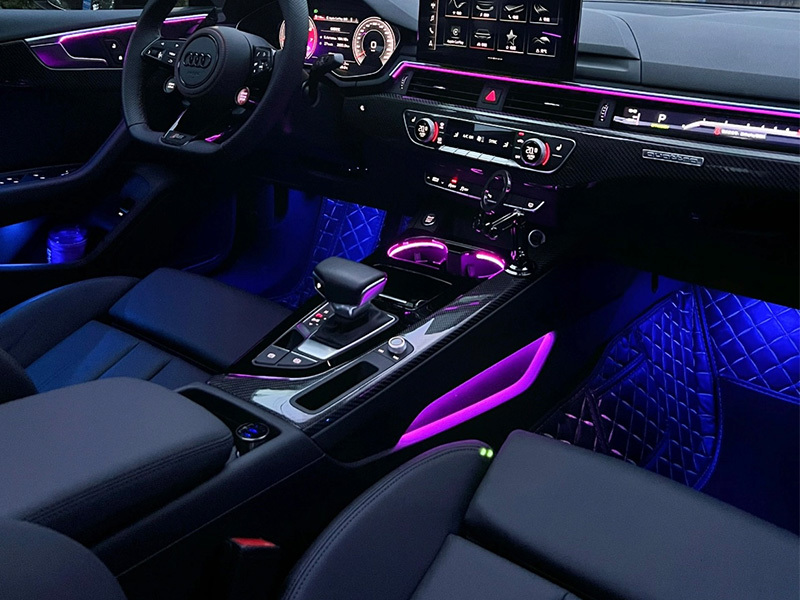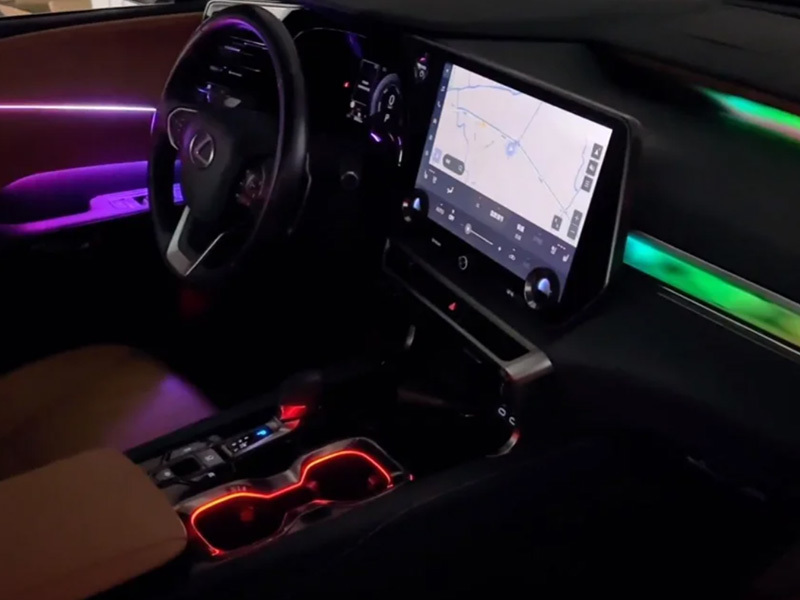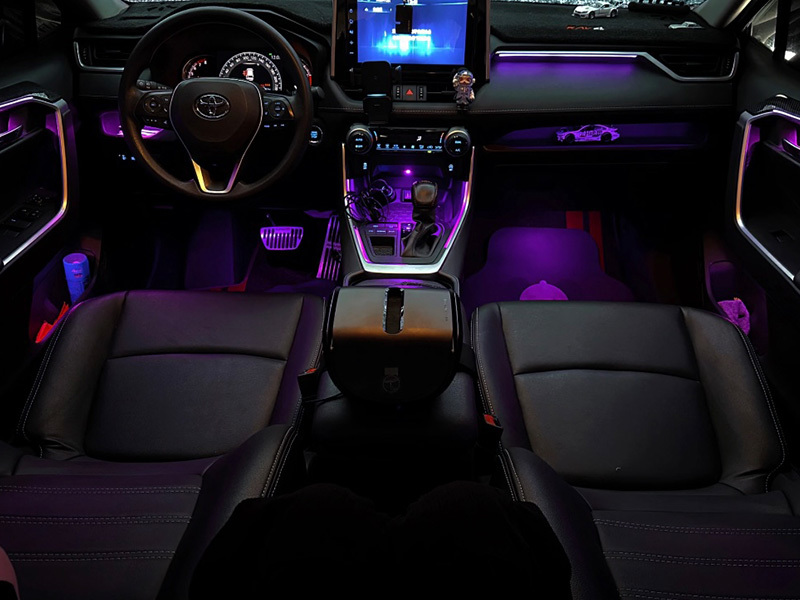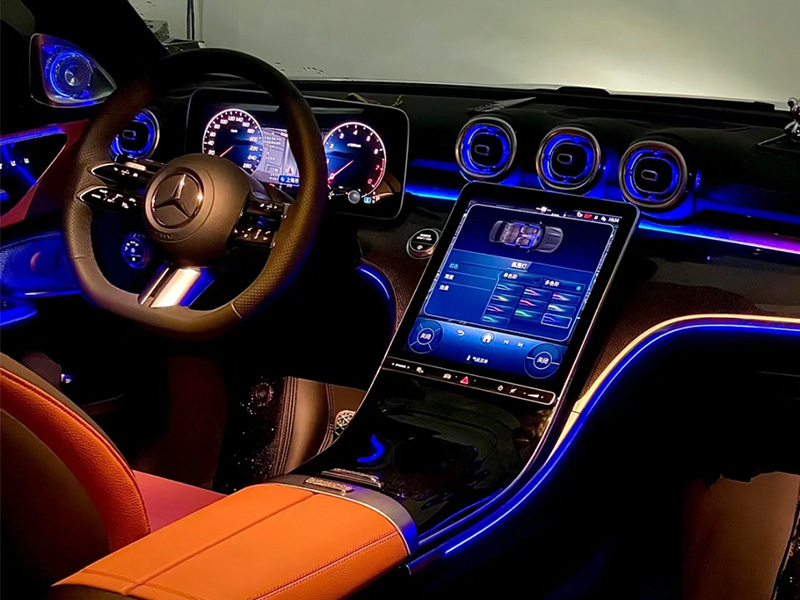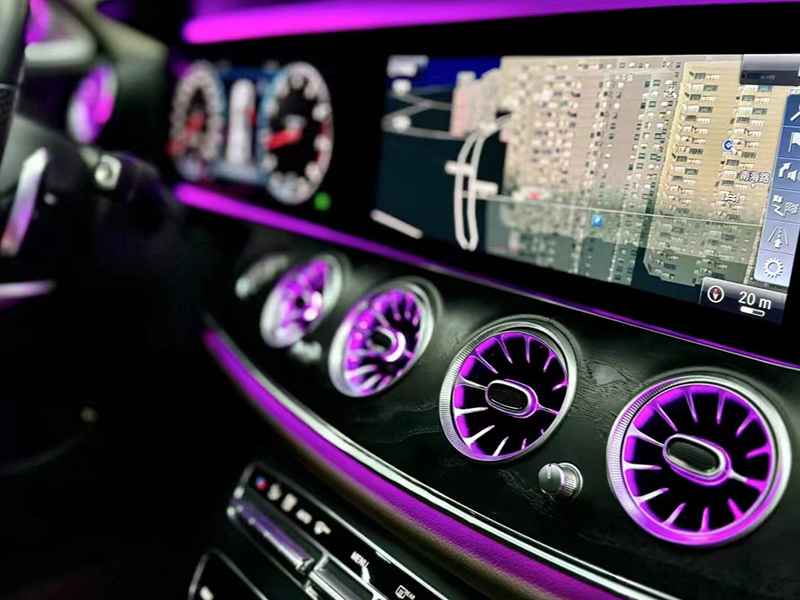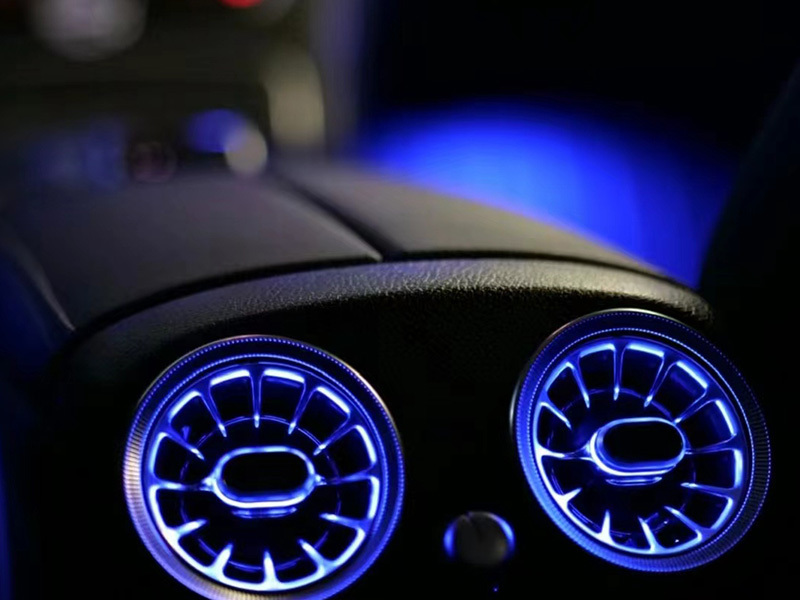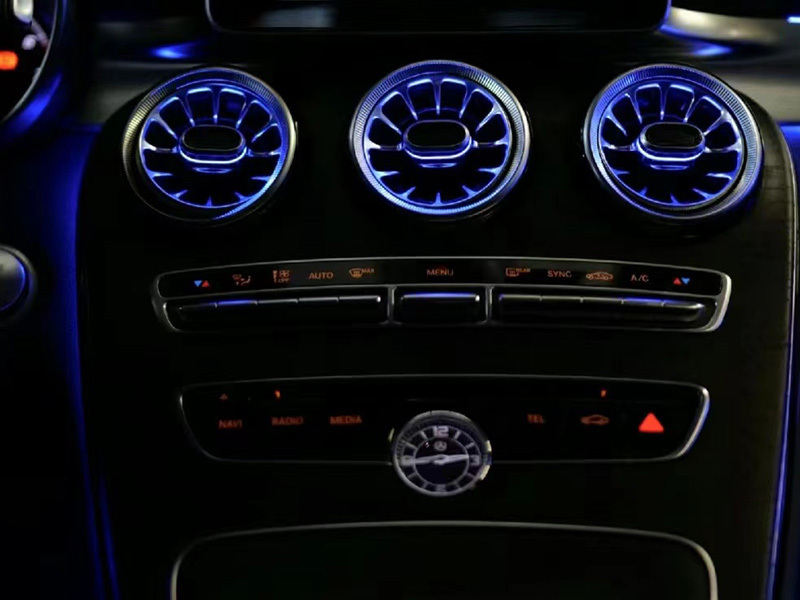The Role of Directional 3D Tweeters in High-Fidelity Audio: Elevating Your Sound Experience
Release time:
2025-06-10
The Role of Directional 3D Tweeters in High-Fidelity Audio Table of Contents 1. Introduction to Directional 3D Tweeters 2. Understanding High-Fidelity Audio 3. How Directional 3D Tweeters Work 4. Benefits of Directional 3D Tweeters in Audio Systems 5. Applications of Directional 3D Tweeters in Various Settings 6. Choosing the Right Directional 3D Tweeter for Your Needs 7. Installati

The Role of Directional 3D Tweeters in High-Fidelity Audio
Table of Contents
- 1. Introduction to Directional 3D Tweeters
- 2. Understanding High-Fidelity Audio
- 3. How Directional 3D Tweeters Work
- 4. Benefits of Directional 3D Tweeters in Audio Systems
- 5. Applications of Directional 3D Tweeters in Various Settings
- 6. Choosing the Right Directional 3D Tweeter for Your Needs
- 7. Installation and Setup of Directional 3D Tweeters
- 8. Common Issues and Troubleshooting Tips
- 9. Conclusion
- 10. Frequently Asked Questions
1. Introduction to Directional 3D Tweeters
In the realm of high-fidelity audio, sound quality is paramount. Audiophiles seek to replicate the original sound with accuracy, and **directional 3D tweeters** play a significant role in achieving that goal. These innovative components are designed to deliver sound with precision and clarity, enhancing the overall listening experience.
2. Understanding High-Fidelity Audio
High-fidelity audio, often referred to as **hi-fi**, aims to reproduce sound as faithfully as possible to the original recording. This pursuit of audio excellence requires a combination of high-quality components, including amplifiers, speakers, and, crucially, tweeters. In a typical audio setup, tweeters are responsible for reproducing the higher frequency sounds, ensuring that every note and detail is crystal clear.
The Importance of Frequency Range in Audio
The frequency range of audio equipment significantly affects the sound quality. Tweeters typically cover the range from **2 kHz to 20 kHz**, which corresponds to the higher octaves of music. Directional 3D tweeters take this a step further by shaping how sound waves are emitted, creating a three-dimensional audio experience that immerses the listener.
3. How Directional 3D Tweeters Work
Directional 3D tweeters utilize advanced technology to manipulate sound waves. Unlike conventional tweeters, which emit sound in a spherical pattern, directional 3D tweeters focus sound in a specific direction. This directional output enhances the clarity and detail of high frequencies by minimizing interference and reflections that can muddle the audio.
Key Technologies Behind Directional 3D Tweeters
1. **Waveguides**: These structures help control and direct sound waves, ensuring they travel in a specific direction. By guiding the sound, waveguides improve the listener's experience, particularly in large rooms where sound can easily dissipate.
2. **Phase Plug Design**: This design reduces phase distortion, allowing for a more accurate reproduction of high frequencies. By ensuring that sound waves from the tweeter reach the listener's ears at the same time, the phase plug contributes significantly to the clarity of the audio.
3. **Active and Passive Designs**: Directional 3D tweeters can be found in both active and passive designs. Active tweeters utilize built-in amplifiers to enhance sound output, while passive tweeters rely on external amplification. Each design has its advantages, depending on the desired audio setup.
4. Benefits of Directional 3D Tweeters in Audio Systems
Integrating directional 3D tweeters into your audio system offers numerous advantages.
Enhanced Sound Clarity
One of the primary benefits of directional 3D tweeters is the **improved clarity** of high-frequency sounds. By focusing sound in a specific direction, these tweeters reduce unwanted reflections and interference, resulting in a cleaner audio signal.
Improved Spatial Imaging
Directional 3D tweeters enhance the spatial imaging of audio. This means that listeners can pinpoint the location of instruments within the soundstage, creating an immersive experience that feels closer to live performances.
Reduced Room Interference
In many listening environments, sound waves can bounce off walls and other surfaces, creating echoes and distortions. Directional 3D tweeters help mitigate these issues by directing sound away from reflective surfaces, leading to a more accurate reproduction of audio.
Greater Versatility
These tweeters are versatile and can be used in various audio setups, from home theater systems to professional studio monitors. Their ability to adapt to different environments makes them a valuable addition for anyone serious about sound quality.
5. Applications of Directional 3D Tweeters in Various Settings
The application of directional 3D tweeters spans across many settings, highlighting their versatility in the audio industry.
Home Audio Systems
In residential setups, directional 3D tweeters can transform ordinary speaker systems into high-fidelity audio experiences. By incorporating these tweeters, homeowners can enjoy a richer and more detailed sound when listening to music or watching movies.
Professional Music Studios
For sound engineers and music producers, accuracy in monitoring is crucial. Directional 3D tweeters provide the precision needed for mixing and mastering tracks, ensuring that the final product sounds as intended.
Live Sound Reinforcement
In live sound applications, such as concerts and events, directional 3D tweeters can help maintain sound quality even in large venues. By directing sound to the audience and minimizing feedback, these tweeters enhance the overall experience for attendees.
Automobile Audio Systems
Car audio systems also benefit from directional 3D tweeters. By placing these tweeters strategically within vehicles, drivers and passengers can enjoy a more immersive sound experience, making every drive enjoyable.
6. Choosing the Right Directional 3D Tweeter for Your Needs
Selecting the appropriate directional 3D tweeter requires careful consideration of various factors.
Assessing Your Listening Environment
The acoustics of your listening room play a significant role in determining the type of tweeter you need. Larger rooms may require more powerful tweeters, while smaller spaces might benefit from compact models.
Understanding Power Handling Capacity
Power handling capacity is another critical factor. Ensure that the tweeter can handle the output from your amplifier without distortion. Look for specifications that detail maximum power handling to avoid damaging the components.
Compatibility with Existing Audio Components
When choosing directional 3D tweeters, ensure they are compatible with your current audio setup. Check the impedance ratings and frequency response to ensure a seamless integration.
7. Installation and Setup of Directional 3D Tweeters
Proper installation is essential for optimal performance.
Placement Considerations
The placement of directional 3D tweeters significantly impacts sound quality. Ideally, they should be positioned at ear level and directed towards the primary listening area. This ensures that sound waves reach the listener without significant interference.
Wiring Configuration
Wiring should be straightforward, following the manufacturer’s instructions closely. Pay attention to polarity to ensure that the tweeters are wired correctly, which can influence sound quality.
8. Common Issues and Troubleshooting Tips
Even with high-quality equipment, issues may arise. Here are some common problems and solutions.
Distortion at High Volumes
If you experience distortion when playing music at high volumes, it may be due to improper amplifier settings or a mismatch between the tweeter and amplifier. Review your settings and consider upgrading your amplifier if necessary.
Loss of High Frequencies
A noticeable drop in high frequencies could indicate a faulty tweeter or a problem with the crossover network. Inspect the tweeter for any visible damage, and test it with a multimeter if available.
9. Conclusion
Directional 3D tweeters play a pivotal role in enhancing high-fidelity audio experiences. Their ability to deliver sound with clarity and precision makes them indispensable in various audio applications, from home theaters to professional studios. By understanding their functionality, benefits, and proper setup, audiophiles can fully enjoy the richness of their sound systems.
10. Frequently Asked Questions
1. What is the difference between standard tweeters and directional 3D tweeters?
Directional 3D tweeters emit sound in a focused direction, reducing interference and enhancing clarity, while standard tweeters typically disperse sound in a more omnidirectional manner.
2. How do I know if a directional 3D tweeter is suitable for my audio system?
Check the specifications for compatibility with your amplifier’s power output and impedance ratings. Additionally, consider your listening environment and desired sound quality.
3. Can I install directional 3D tweeters myself?
Yes, with basic tools and a bit of knowledge, installation can typically be done by individuals. However, consulting a professional is advisable for optimal placement and setup.
4. Are directional 3D tweeters worth the investment?
Absolutely! If you're serious about sound quality, the enhanced clarity and spatial imaging provided by directional 3D tweeters can significantly elevate your audio experience.
5. What maintenance do directional 3D tweeters require?
Regular cleaning and ensuring that connections are secure can help maintain performance. Periodically checking for any signs of damage is also advisable.
By understanding the intricacies of directional 3D tweeters and their role in high-fidelity audio, enthusiasts can make informed decisions to elevate their listening experiences to new heights.
Related articles
Enhance Your Driving Experience with Signature Ambient Lighting!
Are you ready to transform your car’s interior and elevate your driving experience to a whole new level?
Unleash Your Car's Personality with Unique Car Mod Ideas
Are you tired of driving a mundane vehicle on the streets?
Bringing Luxury and Comfort to Your Drive: A Review of Vehicles with Ambient Lightings
As an automotive passionate, I have had the opportunity to test out various vehicles with ambient lighting
What color does the ambient light in the car look good
The color of the ambient lighting in the car depends on your personal preferences and the overall style of the vehicle interior. Generally speaking



